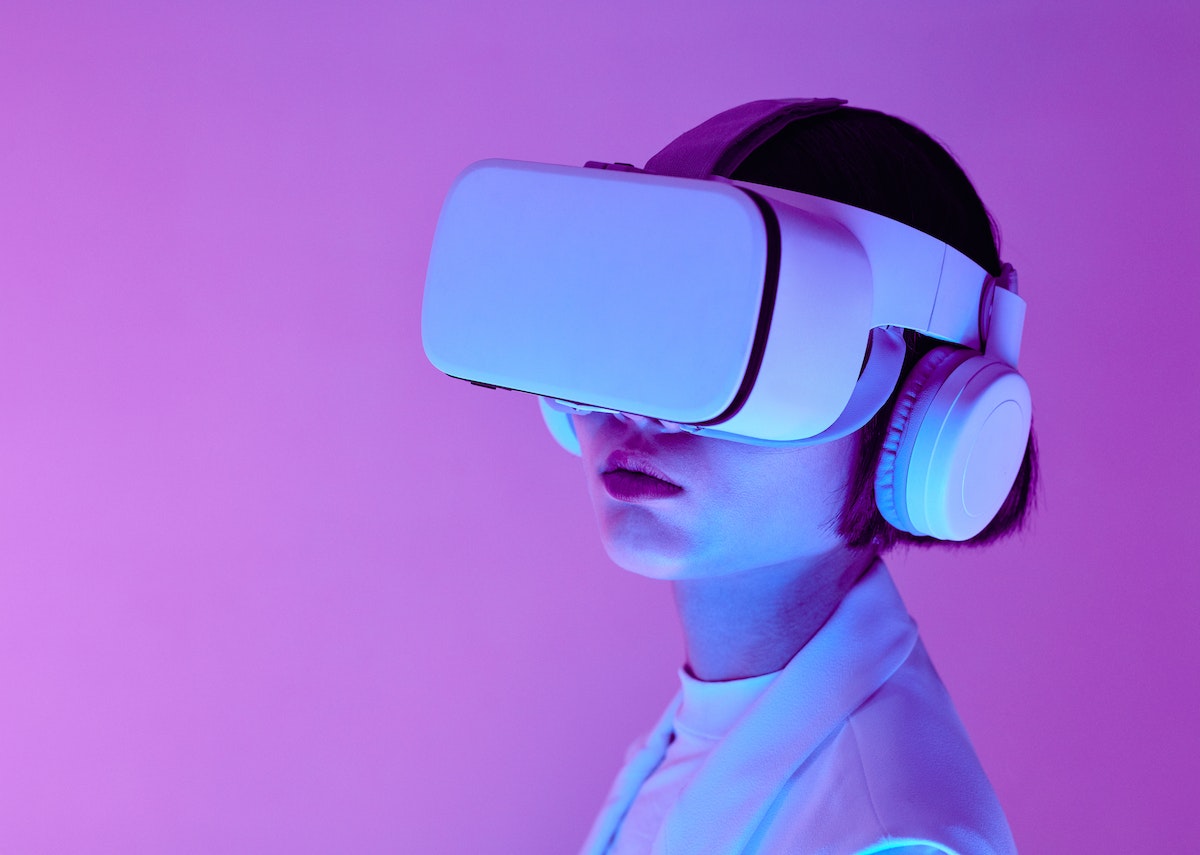In-Depth Analysis of Quantum Computing
Share

Artificial intelligence, while feared at times, is a technology that is revolutionizing nearly every industry that it interacts with. But as AI continues to improve at an incredible pace, it will need computers that can help support that pace. And the best way to make AI faster and better is through Quantum Computing, which has the computational power to create truly revolutionary computing power.
However, since quantum computing is a very niche subject, it is worth taking an in-depth look into how quantum computing works.
Major Components of Quantum Computing
A discussion surrounding quantum computing cannot go far without first talking about the data it uses. Quantum computing can be understood when breaking it down into its major components, machines that use quantum data, the quantum-classic hybrid model, and Quantum algorithms.
Quantum Data
Quantum data are packets of computerized information, often in the form of qubits. And in their raw form, not only are they very difficult to understand, but they can also be difficult to store. They are difficult to store specifically because of the states that they are usually in, which include entanglement and superposition. So in order to process this information, a more upgraded version of a classical computer will be necessary. And through machine learning, they can crack the data and turn it into more understandable information.
Quantum-classic hybrid models
The Quantum-classic hybrid models make of quantum processors, along with regular computational processing, which means creating something that creates data that is easier to understand. Therefore, it is not uncommon for quantum computers to have upgraded versions of classical computer parts like CPUs and GPUs.
Algorithms
The best way to describe an algorithm is the sequence of steps that any program takes to come to a determined solution. By using specific instruction sets, the computer itself will be able to complete the specific tasks. And quantum algorithms specifically help in finding solutions or unpacking data faster using effects like entanglement and superposition.
What does Quantum AI do?
Quantum AI is very complicated and often takes a considerable amount of effort to untangle usable information from its data. And with the help of quantum AI, people can extract information faster.
The first step is to create a quantum dataset using the quantum data itself. The quantum data exists as numbers in a multi-dimensional array. Once the dataset is ready, they can move to extract information through a quantum neural network model. These models process information in a unique way and can even extract information in a unique way.
Quantum state measurements form samples of extracted classical information. You can only take values from the quantum state. When the data finally reaches a classic form, deep learning algorithms can help create links between the different types of data extracted.
Still Scratching the Surface
Quantum computing is an advanced method of processing incomprehensible data into something more manageable. And there is still so much to learn about quantum computing and how it will affect various industries in the future.




